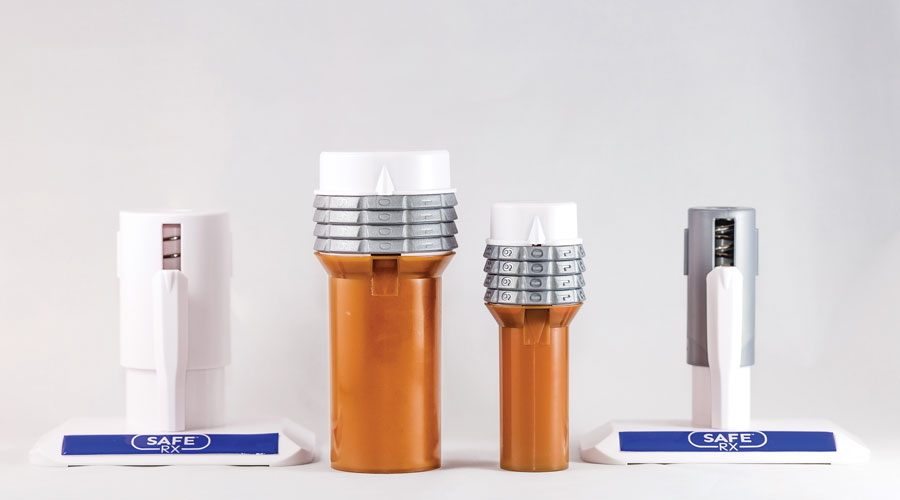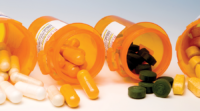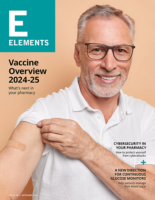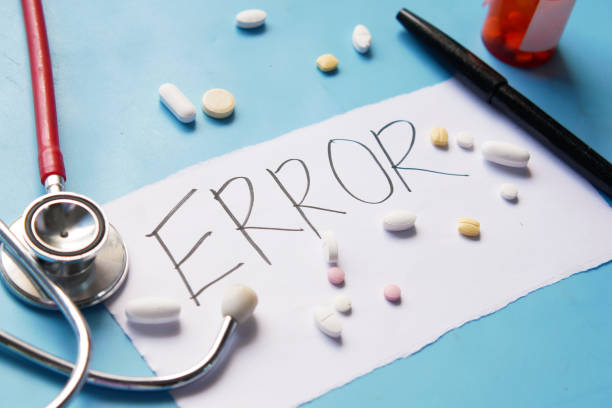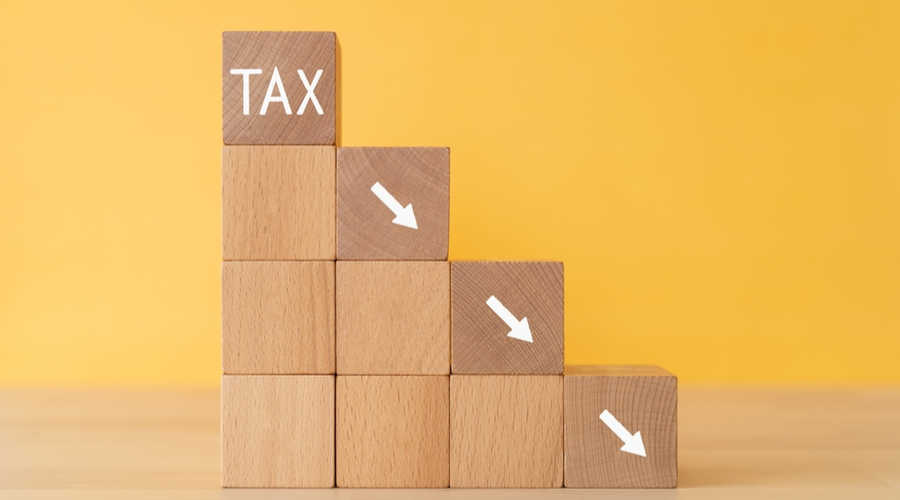If you had a way to help patients prevent family members and friends from pilfering prescription drugs from the family medicine cabinet, you could curb opioid abuse at its source.
That’s the idea behind locking prescription vials from Safe Rx. Its locking prescription vials store narcotic prescriptions behind a coded lock.
“No one intentionally wants to have their children or family members get accidentally addicted to narcotic items,” said Anthony Dolan, vice president of pharmacy sales and marketing at Safe Rx. “By keeping controlled medications out of the hands of those who they’re not intended for, we are taking a step toward improving the health of those in our community,”
Features of locking prescription vials:
- The cap contains a four-digit plastic lock that resembles a bike lock
- There are 10,000 possible combinations
- The 18-dram vials are made of pharmaceutical grade plastic
- Bottles are darker than a typical vial to prevent seeing through to the locking mechanism
If someone without the code tampers with the vial, the owner of the pills will know. Because either the bottle will shatter or the pins that connect to the cap will be damaged.
Many patients don’t think pilfering will happen in their home. But Dolan said everyone should take preventative action. Even if they don’t think they’re at risk.
“When we drive, we put our seatbelt on. We aren’t planning to get into a wreck,” he said. “No one assumes that someone in their household is going to try to steal some of their narcotic prescriptions. But it does happen and that leads to opioid abuse.”
Preventing opioid addiction
As the dispensing source of prescription opioids, pharmacies play a vital role in the opioid crisis.
Dolan said Safe Rx helps pharmacies become a part of the solution. “Safe Rx locking prescription vials allow pharmacists, and pharmacies, to become active participants in preventing inadvertent diversion in the communities they serve,” he said.
Locking prescription vials can also benefit the pharmacy business. “Pharmacies take a supply item and make it a profitable SKU,” Dolan said. “Instead of providing a vial at no retail benefit for the pharmacy, they’re selling a product.”
Locking prescription vials retail at around $3 to $4. And, all of that money is additional revenue for the pharmacy.
Offering locking prescription vials could also generate new customers for pharmacies. In a Safe Rx survey, more than half of parents with teens in the household said they would switch to a pharmacy that dispensed in locking prescription vials.
Ultimately, Safe Rx enables your pharmacy to provide a benefit to your patients that goes deeper than their physical health. And, and it rewards beyond measurable metrics.
“Safe Rx gives patients peace of mind,” Dolan said. “They understand that their medications are safe in the household and that they’re preventing diversion among their family and friends.”
Looking to the future of locking prescription vials
Safe Rx is currently developing a pre-encoded line of locking prescription vials.
The company is also in the process of licensing its technology for use on pill organizers, both of which should be available in 2018. It will also start offering 60-dram wide mouth vials this year.
“America is at a crossroads, and we need to take a more proactive attitude to preventing addiction,” Dolan said.
“There seems to be a new story every week about how opioid addiction has adversely impacted families and communities across our country. The time has come for people to actively protect their loved ones with a locking prescription vial, which costs less than a fancy cup of coffee.”
A simple process
Filling a patient’s prescription with a locking prescription vial takes a few extra seconds of a pharmacist’s time, said Anthony Dolan, vice president of pharmacy sales and marketing at Safe Rx. Here’s how a pharmacist would fill with a locking prescription vial.
Step 1
Turn the digits on the cap to the patient’s requested code
Step 2
Press the cap onto the encoder
Step 3
Place the cap on the vial and hand it to the patient
Want more pharmacy tips and advice? Sign up for our e-newsletter.

